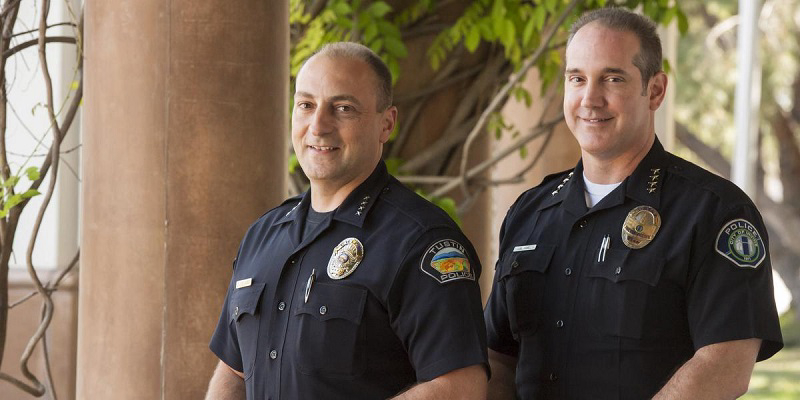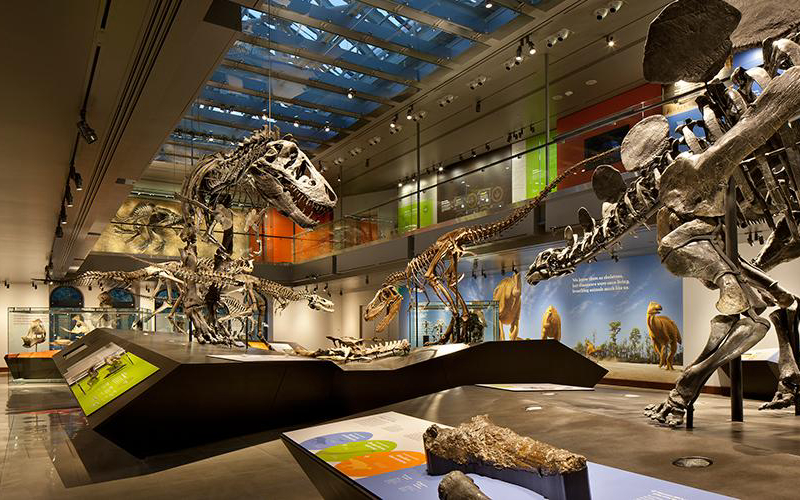The ears of the leader must ring with the voices of the people. For over eighteen years, Irvine City Councilmember Larry Agran has been closely listening to the wants and needs of his Irvine citizens. As an Irvine resident for over 30 years, Agran helped shape the City of Irvine to become one of the safest, most advanced, multicultural and community oriented cities in the world.
Graduating from the University of California, Berkeley in the 1960’s, Agran attributes his interests in politics and public service to the inspiration he received from Kennedy’s presidential campaign and the civil rights and
anti-war movements of the time. While at Berkeley, Agran realized that government, when properly organized, was the instrument for civic improvement.
After graduating from Harvard Law School, Agran moved back to California and eventually to Irvine where he realized the enormous potential of the city. “When I came to Irvine, it became clear to me that I would be able to shape the future, programs and policies of the city,” Agran said. His desire to become more involved in city politics fueled his decision to run for city council in 1978 where he was elected. Agran served for a total of twelve years, six as Mayor, until 1990 when he was defeated.
After an eight year break from city politics, Agran returned with a dream in 1998. Agran did not want an international airport at the El Toro Marine base – his dream was to create a great metropolitan park in the heart of Orange County instead. Campaigning under the notion of a Great Park, Agran gained support from the people of Irvine and was elected to city council. In 2000 he was elected Mayor for four years and was recently reelected as a city councilmember.
“I feel that over the years, I have learned to become a practitioner of politics and public policy in a way that involves as many people as possible,” Agran said. His style of leadership is truly democratic in the sense that Agran’s political power relies heavily on the support and participation given to him by the people. Agran loves to see citizens and community activists get involved. He urges members of the community to participate and to shape the programs and policies that create the vital quality of life and community for the people. “The fact that we can work together to create these programs and policies is something I am very proud of,” Agran said.
Agran also takes pride in the integration of the large number of people with different backgrounds, religions, cultures, ethnicities, and languages that live in the city. In a highly multicultural community like Irvine, Agran and the rest of the city council has done a remarkable job in celebrating rather than masking the differences we have together. Cultural programs such as the Irvine Sister Cities Project and the Global Village Festival work to maintain these differences. No community can be everything to everybody, but the balance of diversity in Irvine is remarkable. “In Irvine, you can essentially experience the whole world without ever actually leaving the city,” Agran said.Agran feels fortunate to have such a critical mass of Persians living in Irvine. In addition to his experiences with Persian food, language and cultural traditions, Agran also understands the drive and democratic values behind those who fled Iran because of the revolution. He notes that the Persians in Irvine tend to be very committed to retaining their identity but are also not afraid of mainstreaming into American life. He links our rapid and successful transition into the American culture to the disproportionate number of educated professionals that exist in our community – the overwhelming amount of doctors, engineers, and lawyers in the Persian community is undeniable. Statistically, as one of the most highly educated immigrant groups in the United States, we are a great asset to have.
“In the Persian community there is a willingness to get involved in civic life,”
said Agran. This is ground breaking because many other cultural communities in Irvine are unable to engage in politics due to issues of language and the lack of democratic participation within their countries and culture before. For Agran, the election of Councilmember Sukhee Kang, the first non-Caucasian candidate, to the Irvine city council was revolutionary. “His election to the city council sends
a powerful signal that we have arrived; and ethnic boundaries have been broken,” Agran said.
The more unified a community becomes the more powerful it will become.
Agran believes highly in the importance of cultural publications, such as OCPC, that speak to a community. Grabbing people’s attention and getting them to read, to think and to learn is essential in establishing a good democratic nation. “Publications that cater to certain communities are a great asset to the community,” said Agran. “I love OCPC Magazine!”



